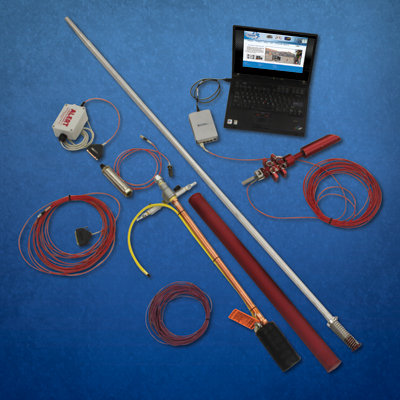
Results revealed that the grafting reaction dramatically increased with increase of both GMA concentration until 0.15M and reaction temperature at 60oC. The UV-photopolymerization was usedįor photocrosslinking the water-soluble PVA-g-GMA using Irgacure 2959 (I2959) as a photoinitiator. 1H-NMR, FTIR, SEM and TGA/DSC, were investigated for verifying the grafting reaction. grafting efficiency (GE) and grafting percentage (GP%) were calculated to optimize the grafting reaction, while yield (%) was determined to monitor the hydrogels formation. GMA concentrations and reaction temperature were optimized. The grafting reaction conditions of PVA-g-GMA e.g. The grafting of poly (vinyl alcohol) (PVA) with glycidyl methacrylate (GMA) was conducted by the trans-esterification reaction via introducing methacryloyl groups into PVA chains and glycidol was formed as by-product. This work explores the synthesis and grafting optimization of PVA-g-GMA hydrogels. Besides, the results of the thermogravimetric analysis (TGA) indicate that the composite thin films are thermally more stable than the pure poly(vinyl alcohol) films. Tensile test of thin films reveals that the mechanical properties of the nanocomposites are improved by increasing the content of nanofillers, so that when compared with the pure poly(vinyl alcohol) film, the poly(vinyl alcohol) with 4 wt.% of shows a 238% and 23% increase in Young’s modulus and tensile strength, respectively. Moreover, an increase in the direct current conductivity of nanocomposites is observed from 2 to 10 S/cm, as a result of the increase in contents of nanoparticles from 0.2 to 3.6 wt.%. The FE-SEM images indicate that no agglomerates are seen on the surface of poly(vinyl alcohol) by adding the nanofiller amount up to 4 wt.%. Uniform nanoparticles with yolk–shell structure are applied as conductive filler in the poly(vinyl alcohol) matrix, and the effect of various nanofiller contents on the electrical, mechanical and thermal properties of the flexible polymer thin films is investigated.

The structure, morphology and optical properties of the synthesized nanoparticles are characterized by X-ray diffraction, field emission scanning electron microscopy (FE-SEM) and ultraviolet–visible absorption spectroscopy. Transmission electron microscopy (TEM) confirms that the movable Cu cores are encapsulated in the interior of the hollow polythiophene nanospheres. yolk–shell nanoparticles are obtained after converting Cu2O to Cu and removing the middle layer of SiO2 by using dilute acid. In this research, nanospheres are fabricated through a facile and stepwise synthesis process.


 0 kommentar(er)
0 kommentar(er)
